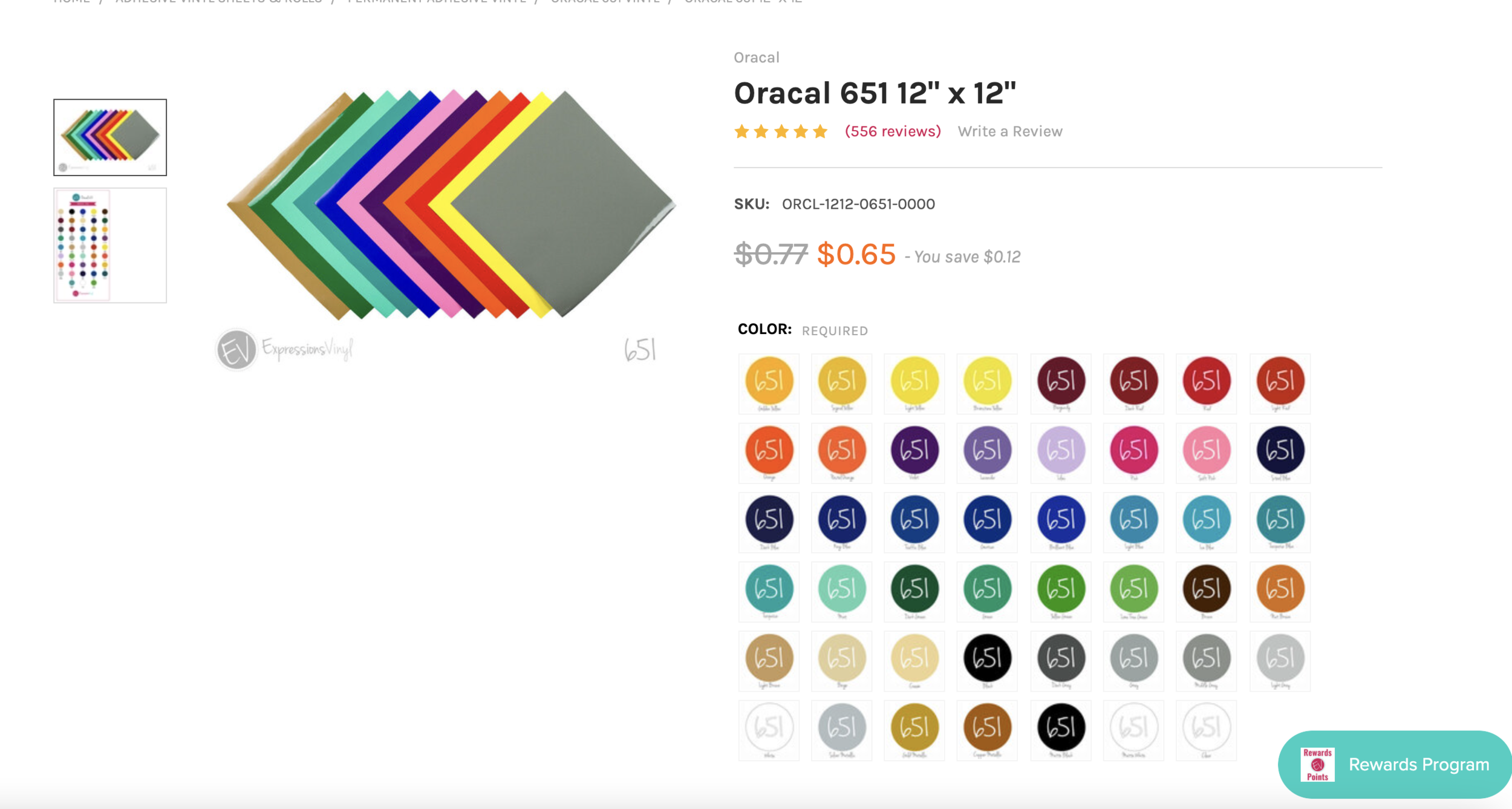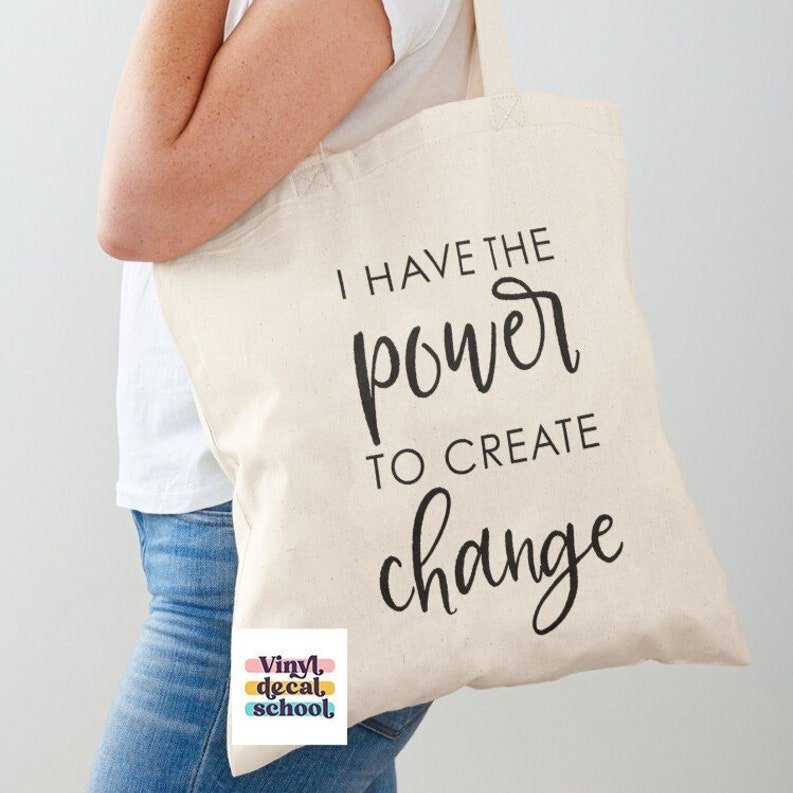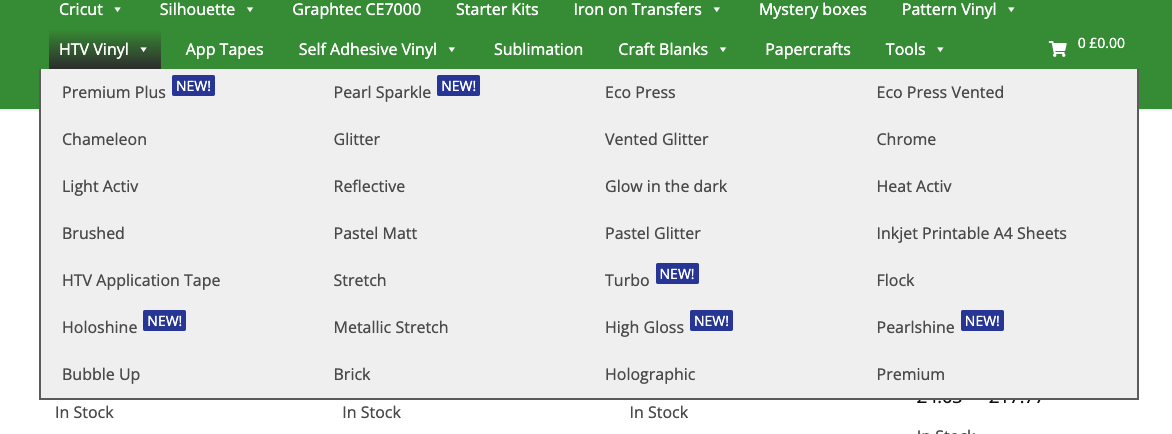HTV vs Adhesive Vinyl, what's the difference?
In this post I’m going to go over the main differences between adhesive vinyl and heat transfer vinyl (also known as iron on vinyl or HTV), plus I’ll go over a few of the different items and materials that are suitable for using with each one.
I do also have a post on Stickers Vs Vinyl Decals as well if you’re also wondering about the differences between those, do check that out below…
Either watch the video…
The below content contains affiliate links and we may earn a commission if you shop through them, however this won't cost you anything, it just helps us to keep the site running for free. For more information on affiliate links, see the disclosure here.
Or read below…
So let’s start with Adhesive vinyl
So adhesive vinyl is vinyl that has its own sticky backing and can be peeled and placed on a variety of different surfaces.
It can be permanent or semi-permanent and comes in a wide range of colours and patterns, as well as glittery, holographic and various other types.
It can be used outdoors if you get the right type, and if you have high-quality permanent vinyl that is applied properly it can last a very long time.
It’s best for hard, smooth materials and therefore is best suited to Wood…
Mirrors…
Glass…
Acrylic…
Walls…
Scrapbooks…
Vehicles…
…and more!
It is easier to apply to flat surfaces but it can be added to curved ones as well although that can sometimes be trickier.
For various application tutorials, check out my Youtube playlist…
The downside to adhesive vinyl in comparison to htv though is that it can’t really be used on anything stretchy, and it doesn’t look great or stick great on anything with too much texture, like unsanded wood.
Also because you usually have to use transfer tape to apply them, not only is that an extra thing you have to purchase, but if the tape is too sticky there is a chance it may peel paint or rip whatever you’re applying it to.
Heat Transfer Vinyl
Heat Transfer vinyl on the other hand is vinyl with a plastic protective covering that must be heated in order to attach to the surface it is being applied to. So it doesn’t need transfer tape.
It is usually heated with an iron or a heat press and tends to need a lot of downward force to make sure it is completely secure.
Usually you want to be able to see the pattern of the material through the vinyl to make sure it is fully attached.
It also needs to be mirrored before you cut it otherwise it will be back to front when you iron it on.
Standard iron on vinyl is best for cloth type materials such as Tshirts…
Cushions…
Tote Bags…
Onesies…
Pyjamas…
Sashes…
…and more!
And then you can also get stretch vinyl that is better for swimsuits and sports wear - anything that is more stretchy basically.
There are a tonne of specialist heat transfer vinyls available as well like glitter, reflective, glow in the dark, heat-sensitive, eco, holographic and more…
Also look out for whether it is hot or cold peel when you buy it as that tells you how long to wait before you take off the protective top layer once it is applied.
(Hot is straight away, cold is once it is cold!)
There are some downsides to HTV as well though… it usually isn’t very easy to remove, so it’s a bit of a pain if you make a mistake as you can’t just take it off and start again on the same product.
Although on the flip side of that, if it isn’t pressed properly or cared for properly then the vinyl can start to peel off or crack as well.
Generally speaking though, if you have good quality vinyl and it has been properly pressed onto the item, they can last a very long time.
Both?!
So those are the main differences, but, before you think you have it sussed… there is some overlap on certain items where you can use either one.
So you can actually use both vinyl and HTV on mugs and metal tumblers, it is just a bit trickier with htv if you only have a flat heat press or an iron, but it is do-able.
Check out Makers Gonna Learn for a tutorial…
And the same goes for canvases and wood too - you can actually use both on those surfaces, you just have to be careful with how hot your heat press is if you’re using HTV.
There are a tonne of tutorials for all of those things on Pinterest and Youtube if you need some more guidance, and there is lots of information on there too if you’re unsure which type of vinyl to use for your item.
Once you do decide which one is for you though, don’t forget to check out my Members Only Area which is full of excellent companies with both vinyl and htv for sale at great prices. Just click on the link below:
Or Choose Another Option
Saying that. Don’t just assume vinyl or heat transfer vinyl is the one for you however - you can also sublimate, screen print, use infusible ink, embroider, paint or do various other techniques depending on the surface you are using. You may just need to weigh up the time they take, the equipment you need and the cost of everything to help you decide which one is for you!
I hope that has helped answer any questions you may have had, let me know if you have any further questions and also which one you prefer to use in the comments!
























